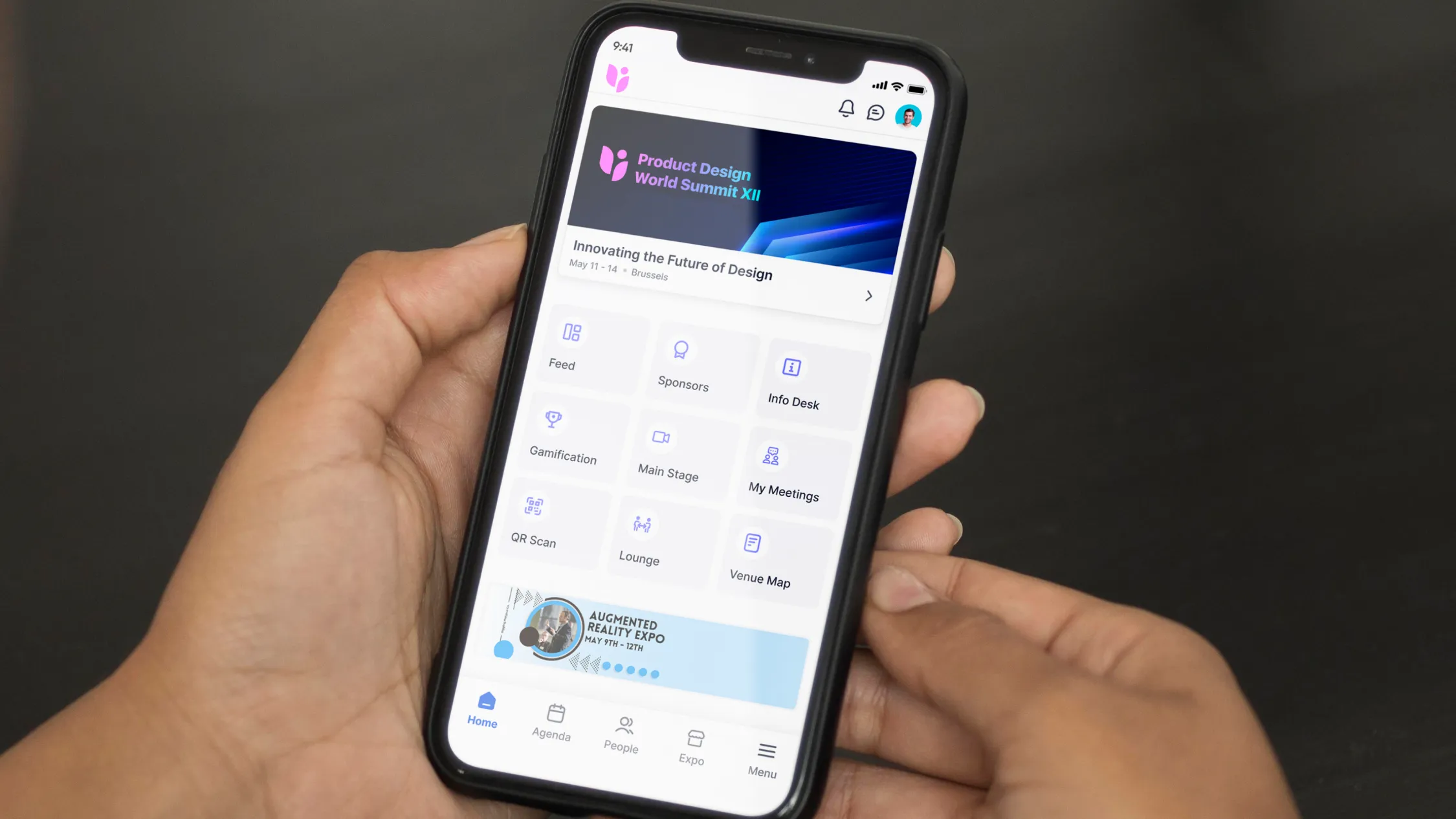Selecting event software with marketing integrations is one of the fastest ways to grow attendance, improve lead quality, and prove ROI. Below is a practical buyer’s guide that explains what “seamless” really means, how platforms differ, and when to choose Accelevents or another option in your stack.

What “seamless” marketing integration actually means
When teams say they need “seamless,” they usually mean these capabilities, working together with little manual effort:
- Native connectors to your MAP and CRM. Look for prebuilt connections to Salesforce, HubSpot, and Marketo, plus field mapping for custom objects and campaigns. The best vendors also publish open APIs and webhooks for unique workflows. Industry benchmarks show vendors increasingly provide open connections, prebuilt apps, and webhooks, which reduce custom work during deployment.
- Bidirectional, near real time sync. Registrations, check-ins, session scans, and booth leads should flow into campaigns and opportunities for fast follow-up, while account tiers and suppression lists should sync back in.
- Unified analytics. Marketing wants cross-event and year-over-year reporting, plus attribution to opportunities and pipeline. Real time data dashboards are now standard for event management platforms.
- Identity management that matches people across systems. Clean deduplication and consent handling keep sales data accurate and compliant.
- Automation hooks. Triggers for nurture journeys, alerts for high-intent actions like demo bookings, and post-session emails help scale marketing automation for events without spreadsheet wrangling.

Where Accelevents can benefit enterprises and associations
Accelevents serves 1,847 customers and was intentionally built on one consistent data model across registration, onsite, mobile, and virtual, creating a seamless experience for event teams and stakeholders. That design bridges complex enterprise features and ease of use, delivering a balanced, highly customizable all-in-one solution.
Accelevents offers no-fee native integrations with Salesforce, HubSpot, and Marketo, plus public REST APIs and webhooks without extra charges, so marketing and IT can connect systems without surprise costs. See the full list of supported integrations.
Registration and ticketing for conversion
Build drag-and-drop pages, forms, and badges, use unlimited ticket types and discount codes, and spin up one-click event registration forms with conditional logic by attendee type. Explore ticketing and registration.
Onsite data that powers sales follow-up
Native badge printing, mobile QR lead capture with offline mode, unlimited exhibitor users, lead scoring, notes, and integrated meeting booking funnel high-intent signals to your CRM. Learn more about event check in.
Analytics and reporting
Unified, shareable reports span registration, onsite scans, mobile, and virtual engagement in real time, giving marketing and revenue teams the attribution they need. See in depth analytics.
Program and revenue tools
Call for papers with auto reviewer assignment and a speaker task portal, exhibitor management for demos and ROI tracking, and automated CE credits with instant certificates and LMS integration help scale complex events without bolt-ons.
Brand and security
Deliver full white label experiences across web, mobile, and virtual with customizable themes, and govern access with custom roles, SSO, MFA, audit logging, SOC 2 and ISO 27001 practices. Review white label.
Event types and industries
Accelevents supports In-person, virtual, hybrid formats and is a fit for enterprises, associations, then others including agencies, mid-market corporations, and nonprofits, spanning conferences, trade shows, internal meetings, and continuing education events.
People and partnership
Teams highlight customer success and a support team that responds in less than 21 seconds, 24/7, which matters during live show hours when timing is critical.

Platform-by-platform view of marketing integrations
Below are well-known options, listed with Accelevents first to match how most buyers shortlist. We focus on each tool’s marketing integration posture and any watch-outs around registration or reporting.
- Accelevents, native MAP and CRM connectors plus open APIs and webhooks, unified analytics across event touchpoints, and strong onsite scanning for faster MQL routing. Independent market tables show Accelevents checks the major integration boxes such as CRM connection, open APIs, prebuilt apps, and webhooks.
- Cvent, broad ecosystem and acquisition-driven portfolio, which can feel complex and often requires certification training to master deeper configuration. Pay attention to how modules handle marketing data consistency and any connector fees, and evaluate registration flows for setup overhead.
- Bizzabo, known for strong marketer workflows and portfolio management, with connectors that feed engagement back to CRM and MAP. Validate whether the reports you need, like cross-event journeys or exhibit ROI, come standard or require add-ons. Industry data shows real time dashboards are common, yet specialized analytics may vary by vendor.
- RainFocus, often chosen by very large enterprises thanks to system complexity and total program scale, with certification training typically needed. Confirm your team’s ramp time and how marketing integrations are scoped for multi-event portfolios.
- Stova, end-to-end platform used by global programs, supports MAP and CRM integrations and APIs. Review which analytics are included versus services, especially if you need year-over-year comparisons and exhibitor data portals.
- Swoogo, popular for portfolio site building and email workflows, integrates with CRMs and marketing tools. Inspect registration logic and data mapping if you run segmented pricing or partner bundles.
- vFairs, frequently selected for experiential engagements, integrates with CRMs, marketing tools, and analytics platforms. If your priority is pipeline attribution, check for unified reports that merge onsite scans with session behavior and meeting data.
Tip, regardless of vendor, verify that your integration supports custom objects, campaign membership, multi-value fields, and consent updates, not just contact creation. Skift’s landscape shows many platforms advertise “real time dashboards,” yet the depth of cross-event analytics and data ownership models still vary, so formalize these in your scope.

Evaluation checklist for event CRM integration
Use this quick rubric to compare platforms and avoid hidden lift:
- Systems and scope. Which CRMs and MAPs do you need on day one, and what fields or custom objects must sync.
- Data model fit. Does the event platform mirror your account hierarchy, product lines, regions, or member types.
- Automation triggers. Can you trigger nurtures on registration, check-in, session scans, meetings, or booth leads.
- Attribution reports. Do you get campaign influence, pipeline, and revenue attribution out of the box, or will BI be needed.
- APIs and fees. Confirm public docs, webhooks, rate limits, and whether native connectors carry extra charges.
- Onsite realities. Badge and scanner choices, kiosk throughput, and offline modes change how much usable data reaches marketing within minutes.

Scenarios where Accelevents is a fast win
- You want native Salesforce, HubSpot, or Marketo connections without integration fees, plus REST APIs and webhooks for special cases.
- You need one system for registration, onsite, mobile app engagement, exhibitor lead capture, and analytics, so revenue and marketing operate on the same dataset.
- You care about brand control and security, including white label experiences and enterprise controls like SSO and MFA.
- Your program mixes In-person, virtual, hybrid, and you want the same campaign and attribution schema across formats.

FAQs
Which event platforms integrate best with Salesforce, HubSpot, and Marketo?
Accelevents, Cvent, Bizzabo, RainFocus, Stova, Swoogo, and vFairs all advertise MAP and CRM for event management workflows, and the most efficient stacks use native connectors plus open APIs and webhooks for edge cases. Always confirm field mapping, deduplication, and campaign membership behavior before launch.
What should I ask vendors about email integrations?
Request specifics on sync cadence, template re-use, and how session attendance or lead scores can trigger email marketing event tools without CSV exports. Ask whether connector usage is metered and how consent updates are handled across systems.
Can I do attribution for multi-event portfolios?
Yes, but scope it. Real time dashboards are standard, while cross-event reports and year-over-year views vary. If attribution is strategic, ensure your vendor supports shareable reports and campaign influence out of the box.
How do APIs and webhooks factor into “seamless”?
They are essential for custom routing, enrichment, and event CRM integration with internal systems. Favor platforms that publish REST APIs and webhooks and do not charge extra for access.
Do I need a separate marketing automation tool if the event platform has email?
Usually yes. Event emails handle confirmations and reminders well, but marketing automation for events like lead scoring, multi-touch nurtures, and ABM orchestration still lives in your MAP and CRM, connected through native integrations and APIs.

Ready to see it in action, request a demo and explore how Accelevents can streamline your integrations, reporting, and onsite data capture in one place, start here, request-a-demo.
P.S. For deeper research and buying tips, the Accelevents blog covers integration planning, analytics, and onsite ops.








